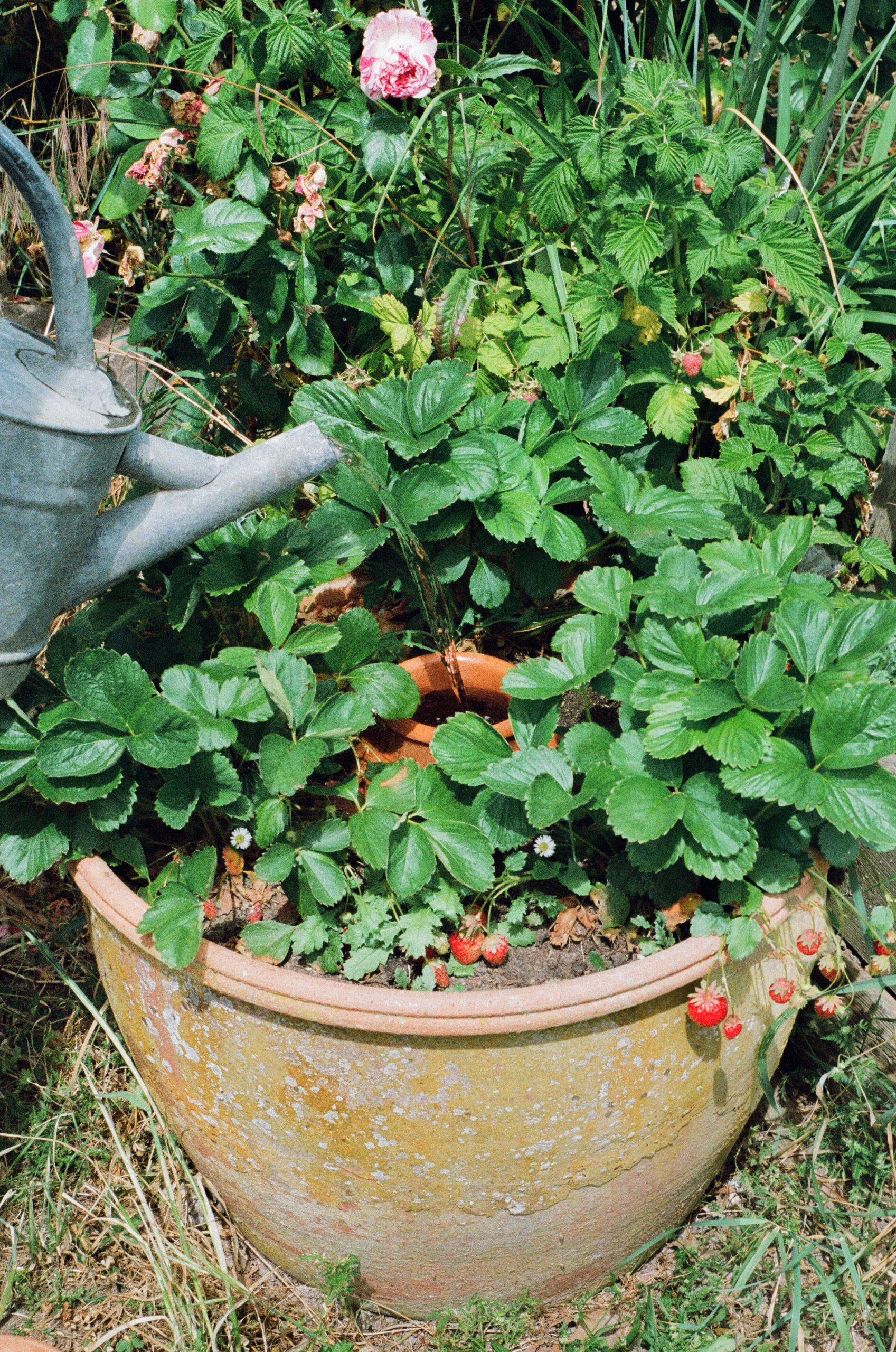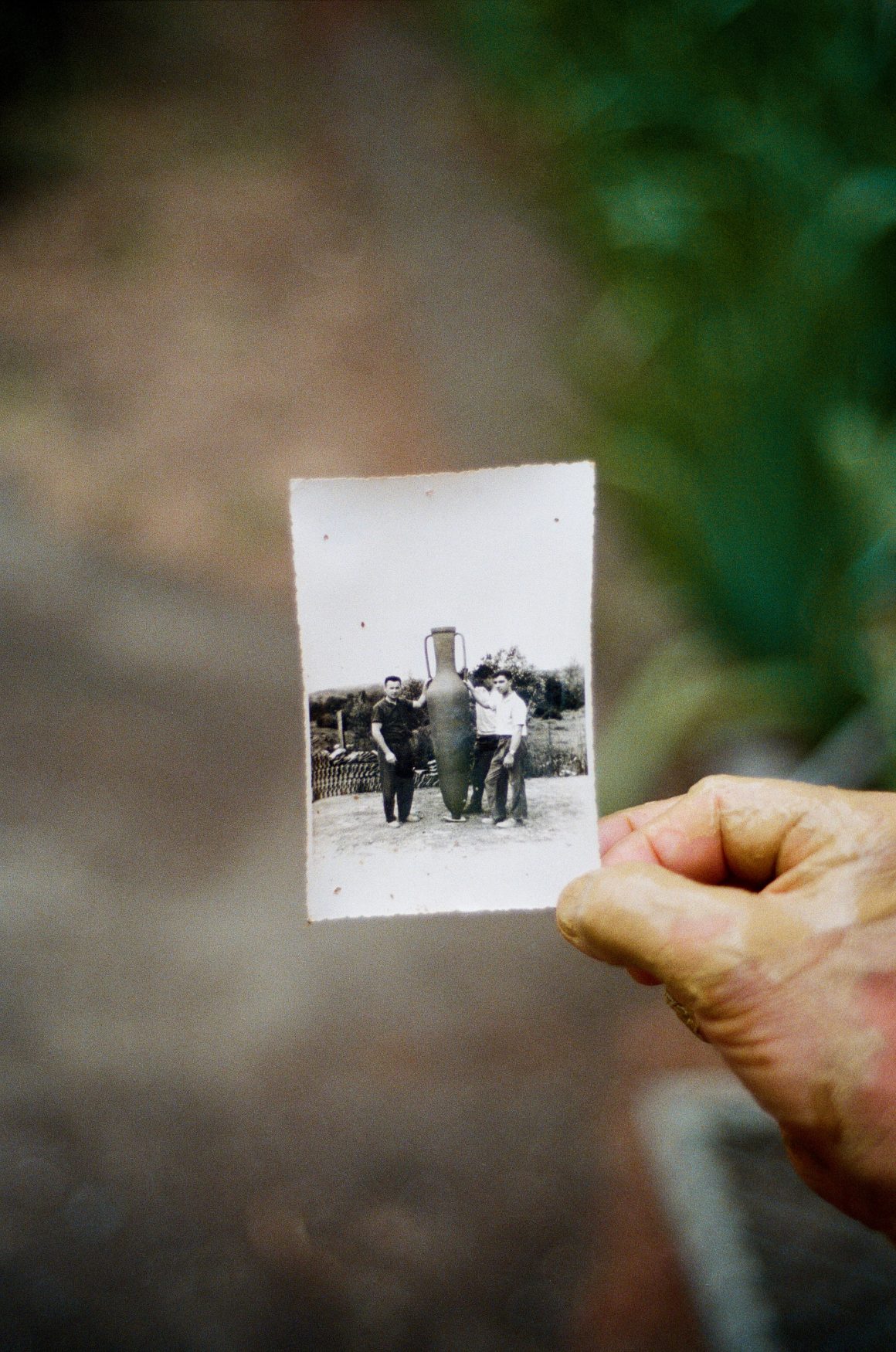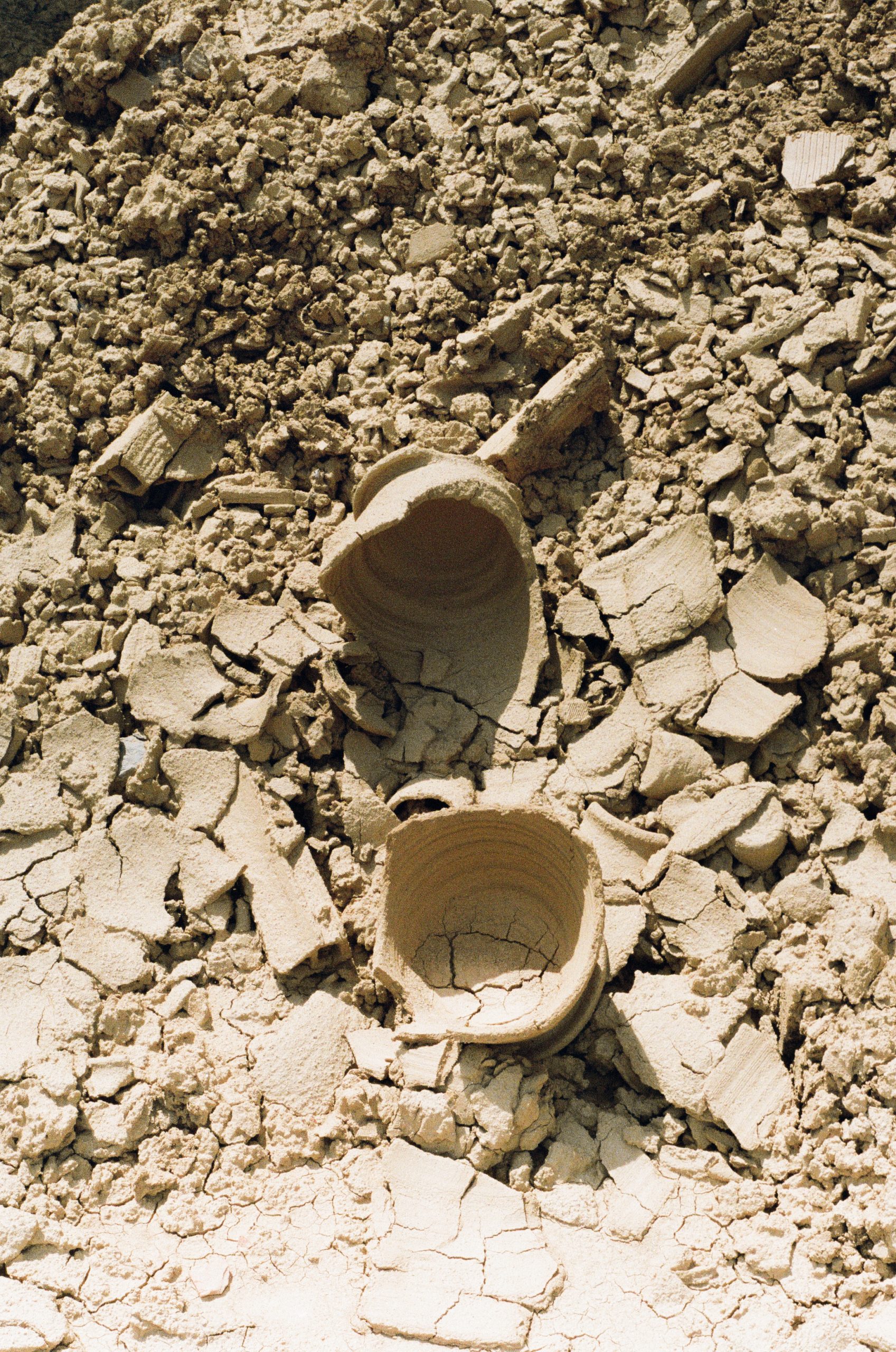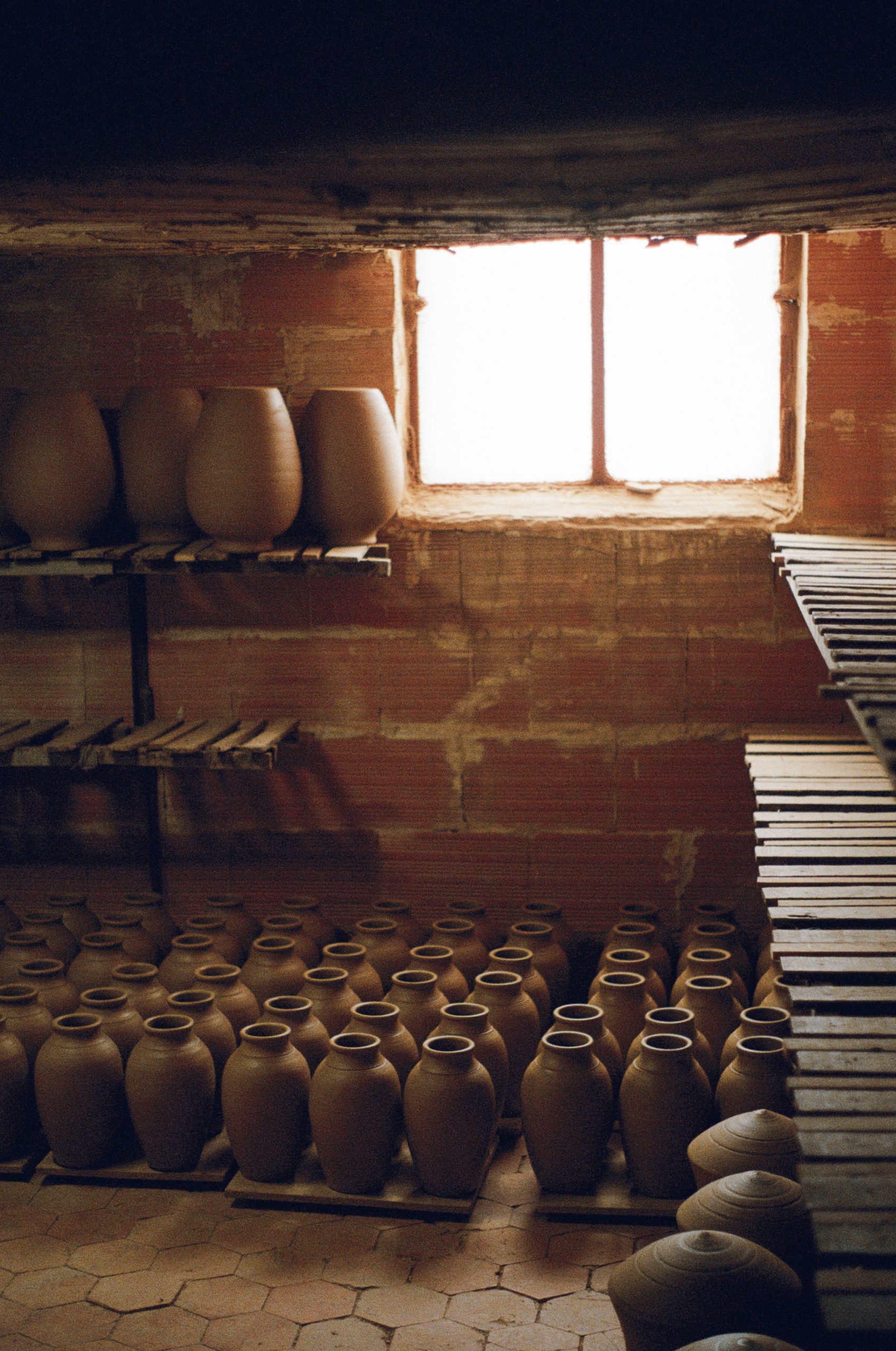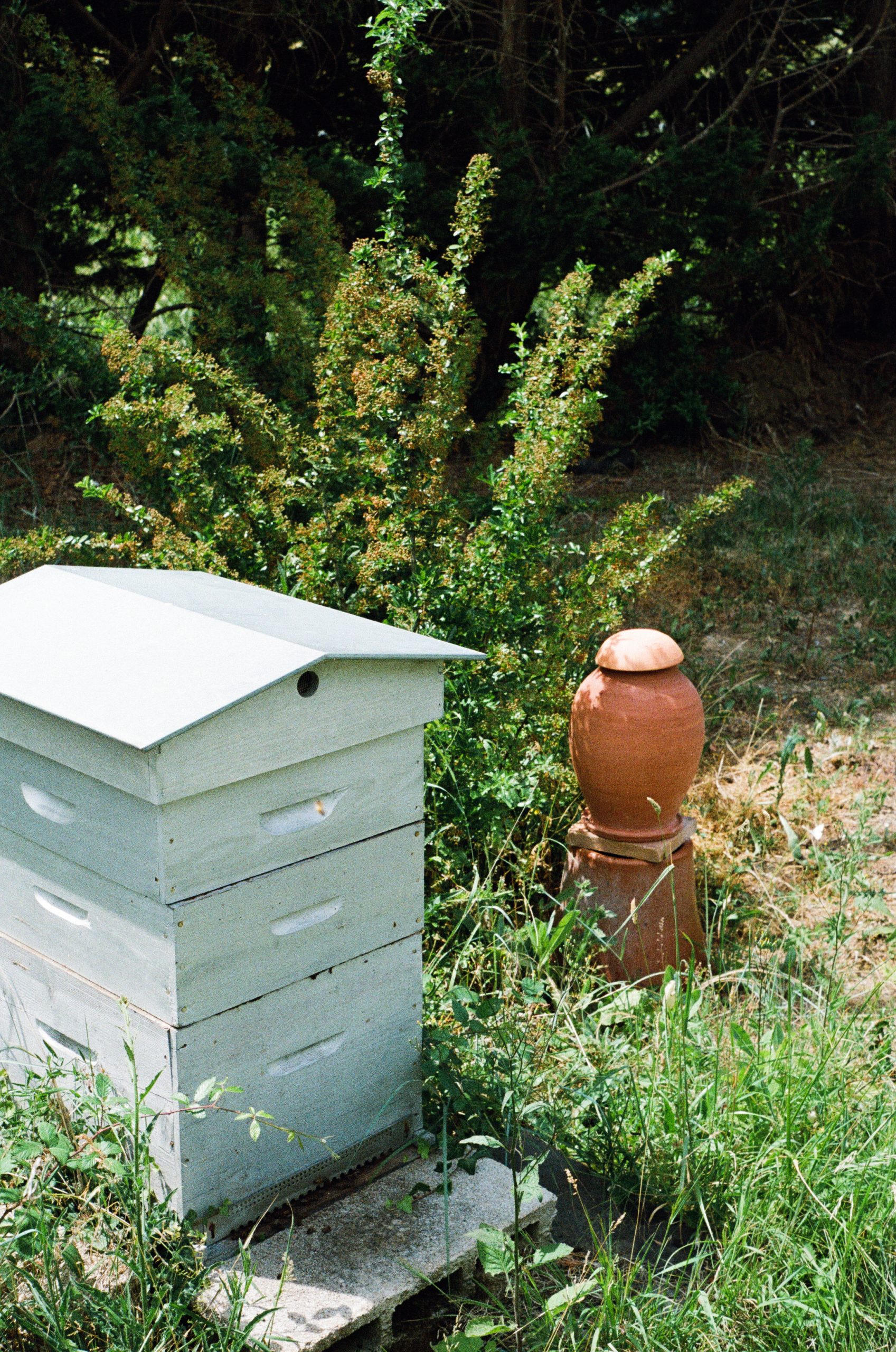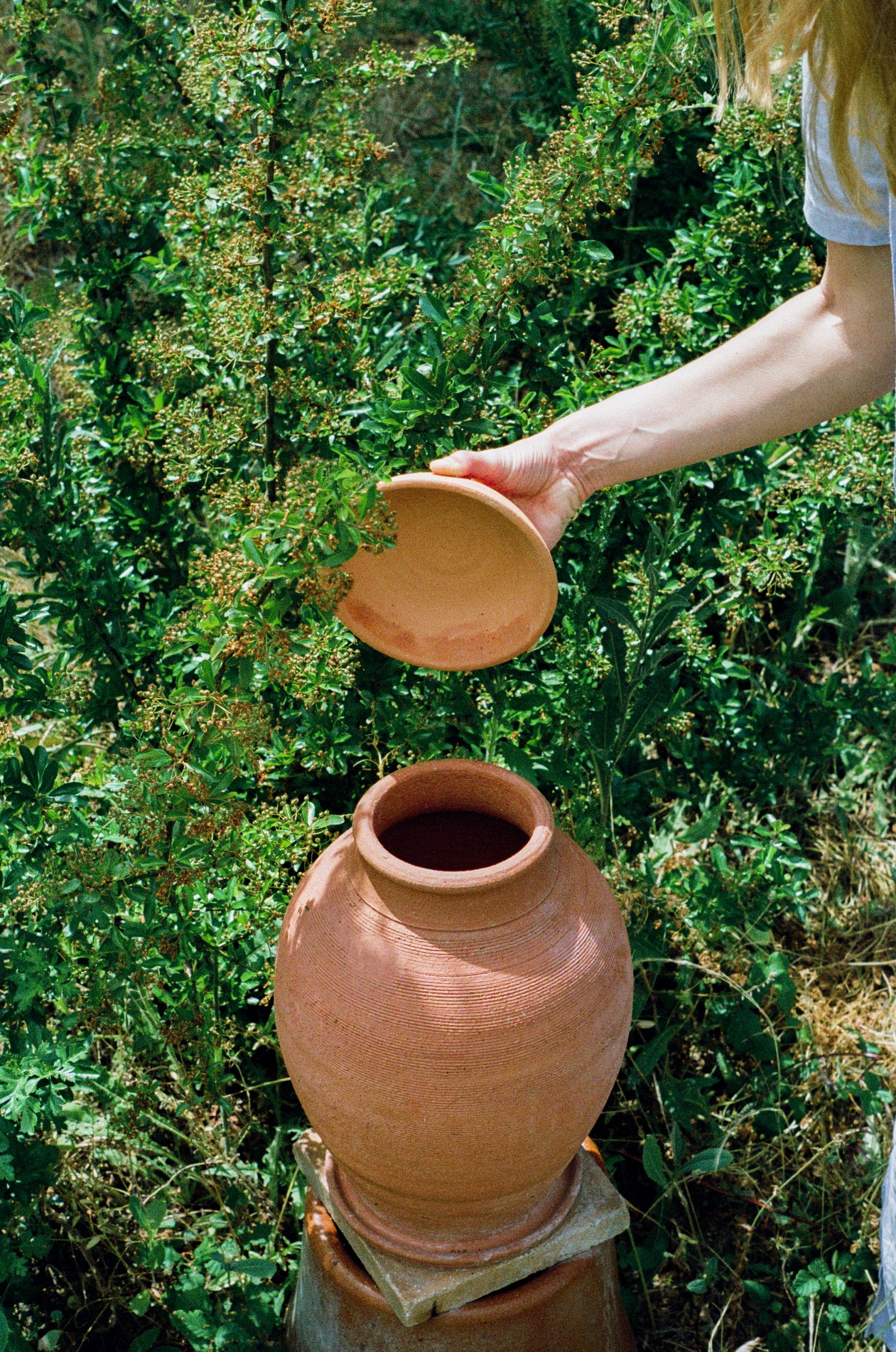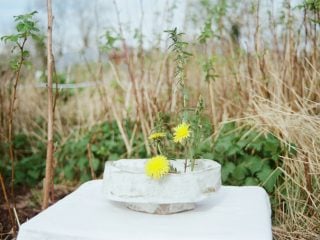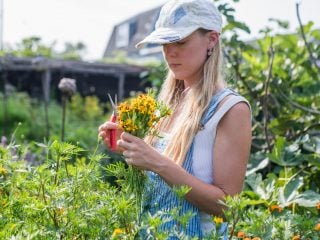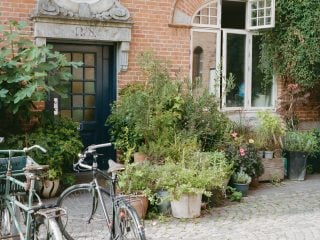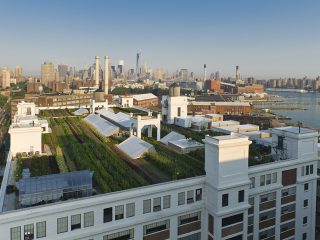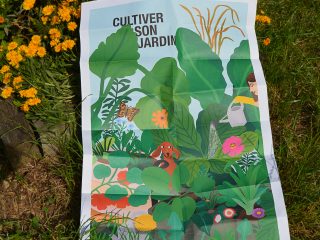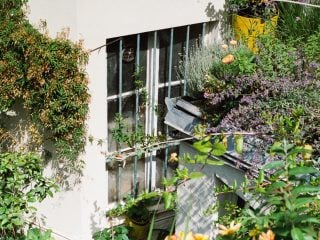An age-old irrigation system, the Olla (or Oya) is a microporous terracotta pot that acts like an underground reservoir and releases water into the soil according to the needs of surrounding plants. At BACSAC, we have chosen to distribute ollas from Poterie Jamet. These professional-quality irrigation pots are made entirely by hand in their family workshop in Loudun (in the Vienne department of France).
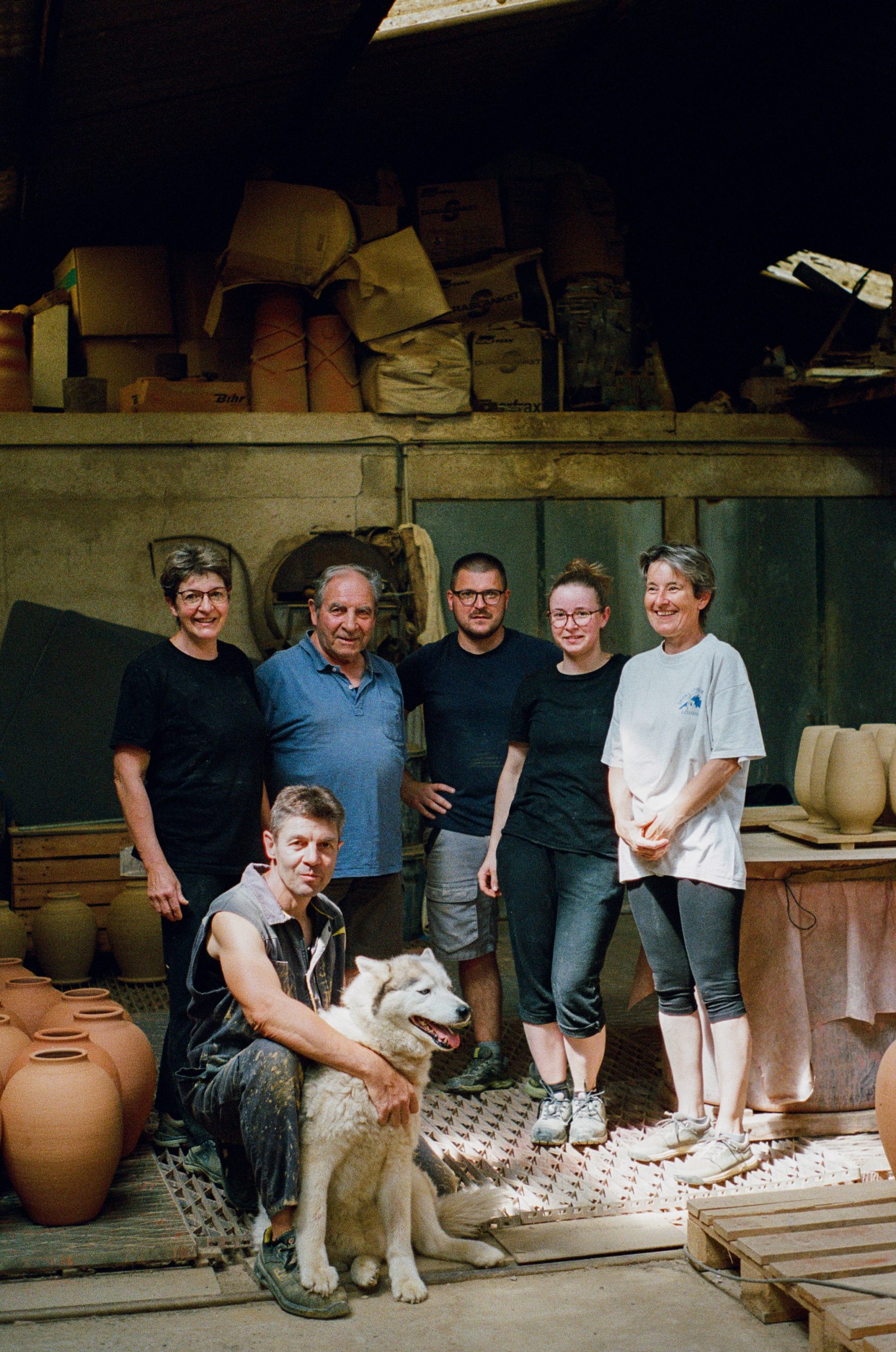
Poterie Jamet : three generations of know-how and expertise passed down through the years
Born into a line of master potters going back three generations, Laurent Jamet has managed to preserve the manufacture of mitres and lanterns for fireplaces - the family's original activity - while at the same time writing a new page in its history with the production of olla watering pots. Laurent, whose father Daniel founded the company in 1974, took over the reins of the pottery in 2005, and a few years later set about reviving this ancient irrigation technique.
A long period of research and development followed, during which Laurent tested different clay blends and perfected the recipe for his own clay. To give shape and size to his ollas and test their effectiveness, he enlisted the help of two vegetable growers specialised in permaculture - Xavier Mathias, a farmer and instructor in the kitchen garden at the Château de Versailles, and Clément Barret, creator of the experimental garden at Thouars - and quickly gained the support of the towns of Nantes and La Rochelle, who adopted them in their green spaces. From a niche market when they were first launched in 2010, the ollas are now manufactured by the entire workshop, which is running at full capacity. A true success story for a watering system that is now as popular with plant professionals as it is with amateur gardeners!
From the earth to the olla pot
At the back of the workshop sit several mounds of untreated clay, chosen for its strength, porosity and elasticity. Extracted from French quarries, the clay is exposed to the elements for several months, allowing the organic matter to ferment. It is then cleaned, mixed and blended with water in a micro-industrial unit adjoining the workshop. The result is a paste that can be divided into slabs.
Next comes the turning stage. With only a guide indicating the height and diameter of the olla, the human hand kneads the clay to give it its shape. While Laurent is more at ease with the larger sizes, his wife Isabelle, sister Nadine, Franck, Sylvain and apprentice Naëlle handle the other formats.
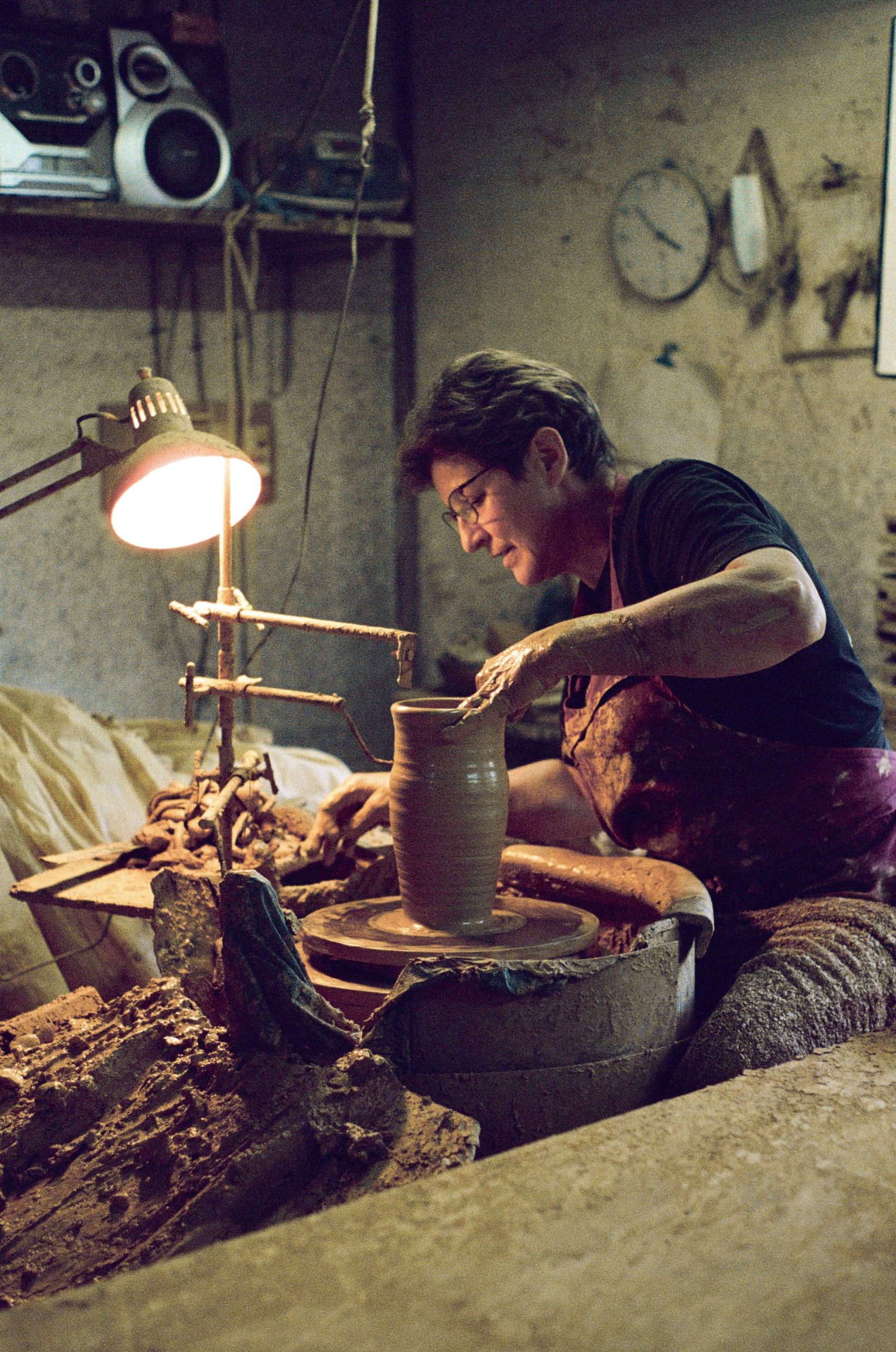
Next comes the turning stage. With only a guide indicating the height and diameter of the olla, the human hand kneads the clay to give it its shape. While Laurent is more at ease with the larger sizes, his wife Isabelle, sister Nadine, Franck, Sylvain and apprentice Naëlle handle the other formats. Once they have been turned, the ollas are placed in drying rooms at room temperature. They will remain there for between two and ten days, depending on their size, weight and weather conditions. This pre-firing stage allows the ceramics to dry gently, without rushing them, in order to stabilise their mechanical strength and prevent any microcracks. The ollas are then fired for between 10 and 12 hours, with different firing stages, ending with an overfiring phase at 1100°C.
Watering the earth and the bees
Building on its expertise in the manufacture of irrigation pottery, Poterie Jamet has also developed a watering trough for bees. Water is an essential element for the survival of bees, which are major contributors to biodiversity. It enables them to produce the royal jelly they feed their larvae, as well as to cool the hive. A patented world first, these ingenious pots provide a water source close to the hives. The water drips gently through the terracotta micro-pores, supplying the worker bees responsible for hydrating the hive. In this way, the bees have access to a regular supply of quality water, without the risk of drowning or becoming lost or exhausted because of the drought, which often leads them to wander too far. An example of how an ancient technique and a material as raw as it is noble can find new applications in the service of biodiversity.
Ollas: responsible garden irrigation
Clay pot irrigation is an ancient technique that is still being used in arid and semi-arid regions around the world, often on small farms. Once buried, ollas adapt to the conditions of their environment and maintain constant humidity in the surrounding soil. The plants' roots move closer to the damp area and draw in water to meet their needs, without excess. Traditionally used in the open ground for all types of plants, this irrigation technique is also particularly suitable for use in pots, window boxes or vegetable planters, where the substrate tends to dry out more quickly. To avoid water stress, potted plants need more regular watering. In the absence of an automatic drip watering system, ollas can be used to cool the temperature of the substrate and distribute water evenly and independently to the plant roots.
Some advice
- In addition to an olla, lay down a thick mulch to limit evaporation and keep the soil moist.
- In hot weather, supplement the underground action of the olla pot with surface watering on mulched soil.
- Although the olla is guaranteed against frost, be careful not to fill it when it's very cold.
- For more details, see our Journal article on how olla watering systems work and how to use them in the garden.
